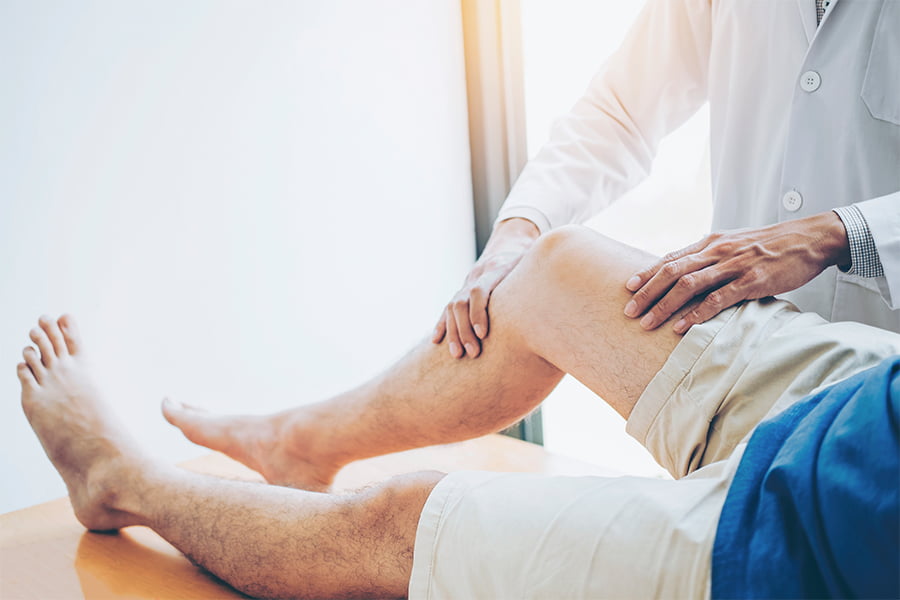
Non-surgical treatment for knee osteoarthritis consists of several therapies. Osteoarthritis of the knee can’t be cured, but these therapies may ease symptoms and slow down the degeneration.
Non-surgical treatment for knee osteoarthritis through medication
Your doctor may suggest acetaminophen (Tylenol) or a non-steroidal anti-inflammatory medication such as ibuprofen (Advil) or aspirin. Alternatively, he may prescribe one of the newer anti-inflammatory medicines called COX-2 inhibitors. They show promising results and do not cause as much stomach upset and other intestinal problems.
Glucosamine and chondroitin sulfate may also help people with knee osteoarthritis. These supplements seem to have nearly the same benefits as anti-inflammatory medicines with fewer side effects. If these measures do not get your symptoms under control, a cortisone injection may be prescribed. Cortisone is a powerful anti-inflammatory medication. Repeated injections may increase the risk of developing a knee joint infection, called septic arthritis. The possibility of an infection exists any time a needle enters a joint. Most physicians use cortisone sparingly, and avoid multiple injections unless the joint is already in the end stages of degeneration, and the next step is an artificial knee replacement.
Hyaluronic acid is a type of injectable medicine that has been used in Europe and Canada for several years and is now available in the United States. Doctors inject three to five doses into the joint over a one-month period. The medicine helps lubricate the joint and ease pain, improving the patient’s mobility. Relief may last for up to eight months after getting these treatments.
Non-surgical treatment for knee osteoarthritis through physical therapy
Physical therapy plays a critical role in the non-surgical treatment for knee osteoarthritis. Through physical therapy, you will learn ways to calm pain and symptoms. Treatment might include the use of rest, heat, or topical rubs.
Through physical therapy you will also learn how to protect your arthritic knee joint. You will receive tips on choosing activities that minimize impact and twisting forces on the knee. If you modify your activities, you may actually slow down the effects of knee osteoarthritis. For instance, if you normally jog, you might decide to walk, bike, or swim to reduce impact on your knee joint. You may need to alter or discontinue sports that require jumping and quick starts and stops in order to protect your knee joint.
A knee unloading brace may help when osteoarthritis is affecting only one side of the knee joint. A bowlegged posture, for example, changes the way the knee joint lines up. A knee unloading brace can help relieve pain and allow people to do more of their usual activities.
You will be given range-of-motion and stretching exercises to improve knee motion. You will also learn strengthening exercises for the hip and knee to help steady the knee and give additional joint protection from shock and stress. Your therapist will also suggest tips for getting your tasks done with less strain on the joint.
For more information on this subject, call The Zehr Center for Orthopaedics at 239-596-0100 or visit www.zehrcenter.com. The information contained herein is compiled from a variety of sources. It may not be complete or timely. It does not cover all diseases, physical conditions, ailments, or treatments. The information should NOT be used in place of a visit with your healthcare provider, nor should you disregard the advice of your health care provider because of any information you read on this topic.